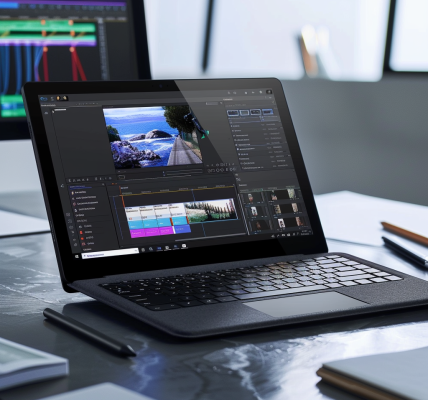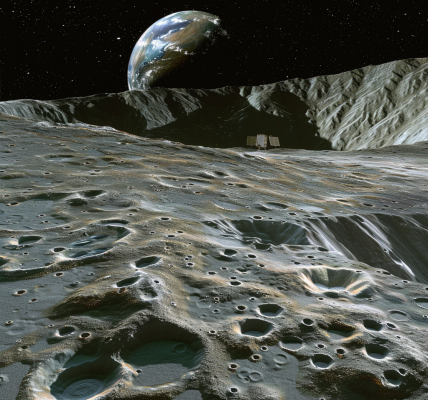In the world of cutting-edge technologies, quantum entangled light sources and ultrafast stimulated Raman spectroscopy have been making significant strides in recent years. Quantum entanglement, a phenomenon rooted in quantum mechanics, showcases instantaneous correlations between particles over vast distances, with applications in quantum communication, sensing, and computing.
On the other hand, stimulated Raman spectroscopy serves as a modern analytical method for studying molecular vibrational properties and interactions, offering insights into molecular fine structure across various fields such as chemical analysis, biomedical research, materials science, and environmental monitoring.
A team of scientists, led by Professor Zhedong Zhang and Professor Zhe-Yu Ou from the Department of Physics at City University of Hong Kong, China, has combined these two technologies to develop a high-speed camera for molecules. Their work, published in Light: Science & Applications, introduces a microscopic theory for ultrafast stimulated Raman spectroscopy using quantum-light fields.
This innovative technique harnesses the quantum advantages of entangled photon sources to enhance both temporal and spectral resolution in spectroscopic signals. It enables ‘high-speed imaging’ of ultrafast processes within molecular systems, providing a groundbreaking approach to molecular analysis.
Understanding Stimulated Raman Spectroscopy
Stimulated Raman scattering, a key process in the Raman family, involves multi-photon interactions with quantum-light fields. It revolves around the interaction between incident light and sample molecules, leading to a frequency shift in the scattered light. This energy transfer process correlates the frequency shift of the scattered light with the molecular vibrational energy levels.
The significance of stimulated Raman spectroscopy lies in its ultrafast processing capabilities, offering a more efficient alternative to traditional Raman spectroscopy. This advancement streamlines data acquisition, allowing for rapid analysis of molecular dynamics and interactions.





